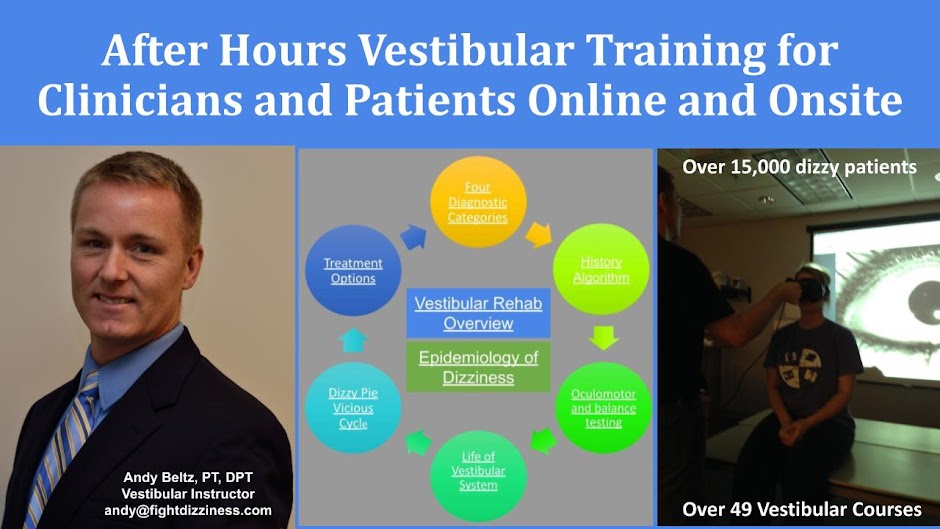As a full-time clinician working with clients who are battling neurologic diseases, I often feel pressure to provide evidence-based therapy for an individually unique population in a sea of trials that lack randomized, controlled, and double-blinded research with a high number of participants. Professional guilt regarding reliance on treatment that is evidence deficient often builds when evaluating and re-assessing my clients with functional impairments from strokes, PD, MS, spinal cord injuries, etc. I give myself pep talks that healthcare is both an art and a science. However, I sometimes worry about the long-term future of physical therapy because of the seemingly unattainable goal of creating neurologic rehabilitation trials with thousands of unique clients that are blinded and controlled to provide a foundation for the therapy we provide. Is this level of research even possible or practical?
After reading the statement from Nielsen et al., my hope for our future has been renewed. Paraphrasing their comments would be an injustice, so here are their comments relating to evidence-based neuro-rehab directly: “Foremost, it should be realized that it is not possible to apply the strict criteria that are required in clinical trials of new drugs in a clinical study of a physical intervention. Double-blinding is naturally not possible and placebo treatments are difficult if not impossible to design. Furthermore, although matched control groups receiving no treatment or conventional treatment are naturally desirable in these studies, it is not straightforward to deny a group of patients treatment that is believed to be efficient.”1
While the authors make a case for the challenges of pharmaceutical-grade clinical trials in neuro-rehab, they also recommend that the neuro-rehab world continue to strive to use evidence-based concepts as much as possible. They insist neuro-rehab should still be “science-based.” They suggest that optimal neurorehabilitation include the following key 12 science-based ingredients (my comments on the clinical application are in red):1
Active patient participation: Many of my clients who have had brainstem strokes suffer from depression and lack of motivation. This is a large barrier to their progress. I hypothesize that many of them have a constant sense of dizziness because of constant spontaneous nystagmus that makes survival unpleasant. My focus is to seek help medically to slow the nystagmus.
Physical aids should only be given when really necessary: I usually wait until the very last minute to provide bracing. This has proven to be a success over the years.
Providing challenges that can support learning: Motivational education through biofeedback using distance, time, and visual cues to improve step length with gait has been beneficial. One of my favorite exercises to help improve step length is “giant cone walking.” This exercise incorporates having the client predict how many steps they believe they can take to make it to the next cone 20 feet away. It is intrinsically competitive and attained great results.
Training should be the patient's responsibility- The therapist as a personal coach: Recovery likely takes thousands of hours of work. My role is often to guide an intense HEP that goes well beyond the limits of clinical work. The reality, though, is that many patients cannot put this kind of work in daily.
Train every day for as long as possible: see above
Ensure motivation and reward: Creating functional goals with celebratory opportunities throughout care is done regularly.
Structure practice to optimize acquisition and retention: I only work on task practice with attainable skills and utilize pneumonics like Step One-scoot to the edge of the chair. Step two: feet back. Step three: nose over toes. Step four: push from the chair.
Improved function requires optimal consolidation: I think I could work more on this with my patients. It sounds like we have to be careful we don’t add too many new tasks to be learned until we are confident one task is truly attained. It also makes me think about the importance of purposeful reflection. Perhaps using the four Fs: Facts, Findings, Feelings, and Future would be a good start for patients?
Less emphasis on spasticity- Focus on the paresis: This is so refreshing yet still bothersome to hear. The greatest barrier to progress for many of my clients with stroke is spasticity/weakness. There is usually nothing beyond Baclofen/Botox that can be done for spasticity. Weakness is usually challenging to overcome because it is hindered by spasticity.
Other factors that influence learning and memory: Addressing learning and memory deficits are a must. Sometimes it must be the foundation of rehab.
Individualization is necessary: This is usually innate for therapists. We are used to setting individualized goals and treatment plans that are functionally meaningful.
Neurorehabilitation has effects late in life and long after the primary injury: One of my favorite coaching statements is that neuro-rehab is a lifelong process. There is no end, and it continually changes.
“I attest that this submission represents my own work and is compliant with Arcadia’s standards for academic integrity.”
1. Nielsen JB, Willerslev-Olsen M, Christiansen L, Lundbye-Jensen J, Lorentzen J. Science-based neurorehabilitation: recommendations for neurorehabilitation from basic science. J Mot Behav. 2015;47(1):7-17.
